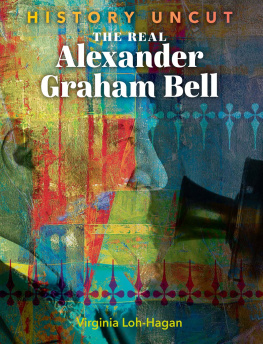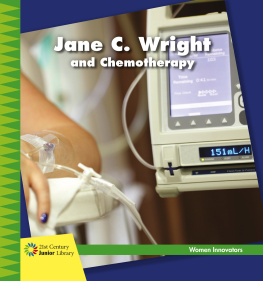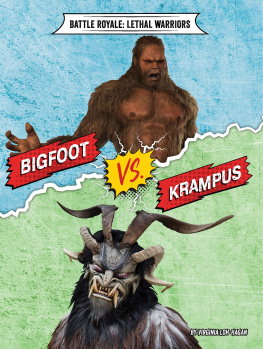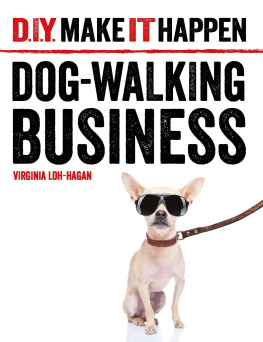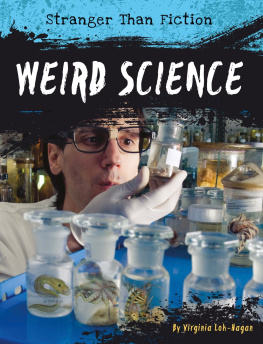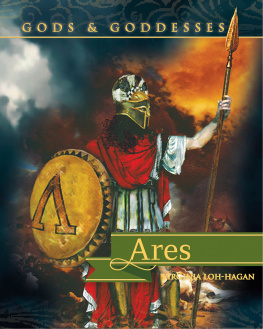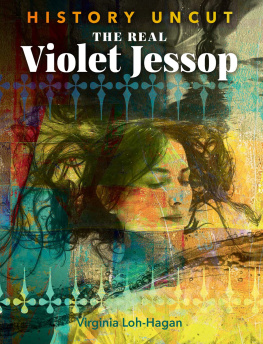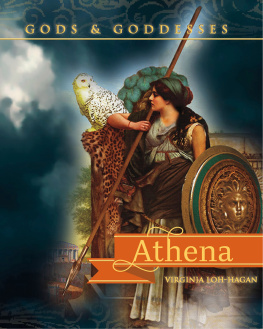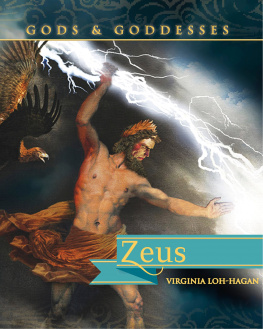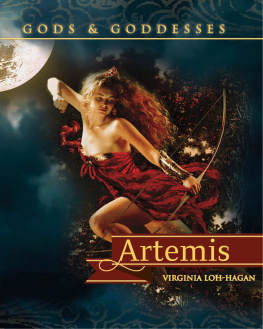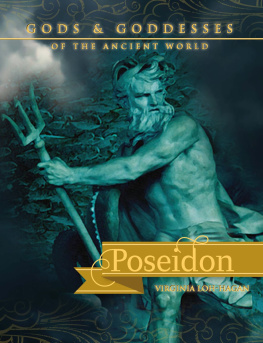Table of Contents
Guide
Published in the United States of America by Cherry Lake Publishing
Ann Arbor, Michigan
www.cherrylakepublishing.com
Reading Adviser: Marla Conn MS, Ed., Literacy specialist, Read-Ability, Inc.
Book Cover Design: Felicia Macheske
Photo Credits: Library of Congress/Harris & Ewing [Between 1905 and 1945]/Reproduction
No. LC-DIG-hec-15690, Cover, 1; Bruno Passigatti/Shutterstock.com, Cover, 1; Everett Historical/
Shutterstock.com, 5, 7, 27, 29; Elzbieta Sekowska/Shutterstock.com, 9; Library of Congress/
Reproduction No. LC-G9-Z4-116,794-T, 11, 30; Andrey_Popov/Shutterstock.com, 12; Valentin Georgiev/
Shutterstock.com, 15; Johanna Altmann/Shutterstock.com, 17; Library of Congress/Underwood &
Underwood [1915-1925]/Reproduction No. LC-DIG-det-4a27975, 19; Fer Gregory/Shutterstock.com, 20;
Library of Congress/Carl Mydans [1936]/Reproduction No. LC-USF33-T01-000381-M4, 23; The New York
Public Library Digital Collections/Verelst, John & Simon, John [1657-1890], 24
Graphic Elements Throughout: iulias/Shutterstock.com; Thinglass/Shutterstock.com;
kzww/Shutterstock.com; A_Lesik/Shutterstock.com; MegaShabanov/Shutterstock.com;
Groundback Atelier/Shutterstock.com; saki80/Shutterstock.com
Copyright 2019 by Cherry Lake Publishing
All rights reserved. No part of this book may be reproduced or utilized in any
form or by any means without written permission from the publisher.
45th Parallel Press is an imprint of Cherry Lake Publishing.
Library of Congress Cataloging-in-Publication Data
Names: Loh-Hagan, Virginia, author.
Title: The real Alexander Graham Bell / by Virginia Loh-Hagan.
Description: Ann Arbor : Cherry Lake Publishing, [2019] | Series: History uncut |
Includes bibliographical references and index.
Identifiers: LCCN 2018035188 | ISBN 9781534143333 (hardcover) | ISBN 9781534141094 (pdf) |
ISBN 9781534139893 (pbk.) | ISBN 9781534142299 (hosted ebook)
Subjects: LCSH: Bell, Alexander Graham, 1847-1922Juvenile literature. |
InventorsUnited StatesBiographyJuvenile literature.
Classification: LCC TK6143.B4 L64 2019 | DDC 621.385092 [B]dc23
LC record available at https://lccn.loc.gov/2018035188
Cherry Lake Publishing would like to acknowledge the work of The Partnership for 21st Century Skills.
Please visit www.p21.org for more information.
Printed in the United States of America
Corporate Graphics
Table of Contents
Alexander Graham Bell
The Story You Know
Bad Student, Good Teacher,
Great Inventor
CHAPTER 1
Alexander
Graham Bell
The Story You Know
Alexander Graham Bell did much for the
deaf community. Deaf means not being able
to hear. Bell was an inventor. He had almost
20 patents . Patents are special ownership
rights. Bell is most famous for inventing
the telephone.
He worked with Thomas Watson. Watson
was a skilled electrician. Bell came up with the
ideas. Watson brought those ideas to life. In
1876, magic happened. Bell said, Mr. Watson.
Come here. I want you! Watson heard it over
the wires. This was the first telephone call.
Bells work changed peoples lives. He paved
the way for technology. But there is more to
his story
Bell founded the Bell Telephone Company in 1877.
CHAPTER 2
An Odd
Birthday
Present
Bell was born on March 3, 1847. He was born in
Scotland. His father was Alexander Melville Bell. He
was a professor. He studied and taught the sounds of
human speech. Bells mother was Eliza Grace Bell. Bell
had two brothers. One was named Edward Charles Bell.
Another was named Melville James Bell. Both brothers
got sick. Edward died in 1867. Melville died 3 years later.
Bell was born without a middle name. He was
simply Alexander Bell. He wanted a middle name.
He was named after his father and grandfather. Both
were named Alexander. Bell wanted a middle name
to be different from them.
Bells father, grandfather, and uncle all worked
in the speech and hearing field.
Setting the World Stage
1847
The Treaty of Cahuenga was signed. This ended the Mexican-American War in California. It was an informal agreement between military forces. Both sides gave up their weapons. They freed their prisoners. The treaty was signed at Campo de Cahuenga. Today, this is North Hollywood in Los Angeles.
The U.S. Post Office issued its first postage stamps. One stamp was 5 cents. It honored Benjamin Franklin. Another stamp was 10 cents. It honored George Washington.
The Zenkoji earthquake happened in Japan. It killed about 9,000 people. It destroyed 34,000 homes and temples.
Liberia is a country in Africa. It was declared an independent nation. It modeled its government after the United States. Liberias capital is Monrovia. It was named after James Monroe. Monroe was the fifth U.S. president.
Before anything else, preparation is the
key to success. Alexander Graham Bell
At age 10, he begged his father to give him a middle
name. He begged and begged. He wore his father down.
For his 11th birthday, Bell got his wish. He was allowed
to take the name Graham. The name was chosen to honor
Alexander Graham. Graham was a close family friend.
Bell liked the sound of Alexander Graham Bell.
But his family called him Aleck. Years later, when he got
married, his wife asked him to spell it Alec. After that,
he signed his name Alec Bell.
He gave his daughters middle names. Their names
were Elsie May Bell and Marian Hubbard Bell. His two
sons died when they were babies.
Bell was the only one of his brothers who didnt have a middle name.
CHAPTER 3
Mamas
Boy
Bell had two very important women in his life.
His mother was one. The other was his wife, Mabel
Hubbard Bell. They both were deaf. They inspired
Bells work.
Bell was very close to his mother. He spent a lot
of time with her. Eliza was his first teacher. She taught
him to be curious about the world. She became deaf
when Bell was 12 years old. She made her own hearing
aid. It was a tube. The tube connected to her ear to
whatever she wanted to hear. Bell spoke into the tube
when he talked to his mother. He thought there was
a better way.
Bell had two sons and two daughters.
Only his daughters lived to be adults.
He put his lips on her forehead. He spoke in clear
tones. Eliza felt his breath. She felt the vibrations
of his voice. Vibrations are moving sound waves. Eliza
could understand him.
But she still couldnt hear at parties. So Bell came
up with another idea. He was inspired by his fathers
work. His father invented visible speech. Visible means
easily seen. Bell used a manual alphabet. Manual
means by hand. He sat next to Eliza. He spelled words
with his fingers. He tapped them out. He did this on
Elizas palms, fingers, and knuckles. He was able to
include her in conversations this way. Elizas deafness
led Bell to study sounds.
The manual alphabet was not as popular as sign language.
All in the
Family
Mabel Hubbard Bell was Bells wife. She got scarlet fever at age 5. She lost her hearing. She could read lips in several languages. She was Bells student at age 15. She married Bell at age 20. She was the first woman to invest in the aviation business. Aviation means flight. She did this in 1907. She formed and managed the Aerial Experiment Association. This was a flight company. Two years later, her group launched the Silver Dart. This was a small plane. It was the first human flight in Canada. Bell did a lot for the community. She supported women. She founded Canadas first and longest-running womens club. She founded a parent-teacher group. She founded Canadas first Montessori school. She founded a library. She died 5 months after Bell. On her husbands desk, he kept a picture of his wife. He wrote on the back, The girl for whom the telephone was invented.

